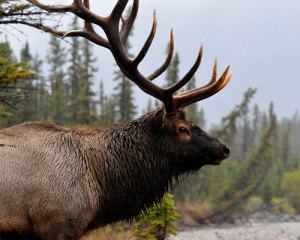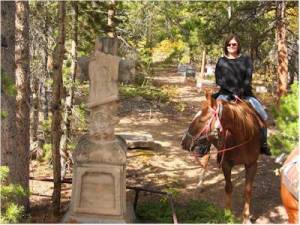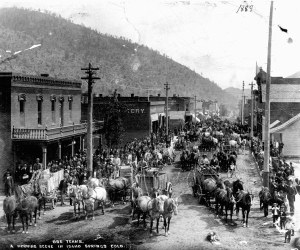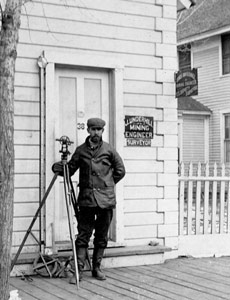 Kona coffee is Coffea arabica which is cultivated on the slopes of Hualalai and Mauna Loa in the North and South Kona Districts of the Big Island of Hawaii. It is one of the most expensive coffees in the world because only coffee from the Kona Districts can be described as “Kona”. The heritage trees in the Kona districts have been developed over the past 175 years on the west side of Hawaii. The mix of sunshine and rainfall, combined with porous, mineral rich volcanic soil creates favorable coffee growing conditions and produces a coffee that is typically mild and sweet with a hint of spice.
Kona coffee is Coffea arabica which is cultivated on the slopes of Hualalai and Mauna Loa in the North and South Kona Districts of the Big Island of Hawaii. It is one of the most expensive coffees in the world because only coffee from the Kona Districts can be described as “Kona”. The heritage trees in the Kona districts have been developed over the past 175 years on the west side of Hawaii. The mix of sunshine and rainfall, combined with porous, mineral rich volcanic soil creates favorable coffee growing conditions and produces a coffee that is typically mild and sweet with a hint of spice.
The coffee plant was brought to the Kona district in 1828 by Reverend Samuel Ruggles, from Brazilian cuttings. The coffee market crashed in 1899, and big coffee plantations became a thing of the past, replaced by small family farms. The tradition of running family farms has continued throughout Kona to this day. Since the first introduction of coffee here, Hawaii has been the only state in the US to commercially grow it. According to the Kona Coffee Council, the rocky location and the fact that the coffee does not ripen all at the same time means the Kona trees cannot be mechanically harvested. Since they must inspect each bean as they are picked, you are assured a perfect cup of coffee, which was picked when ripe, and not a combination of immature or overripe beans. This excellent quality has made Kona coffee one of the most highly valued coffees in the world.











